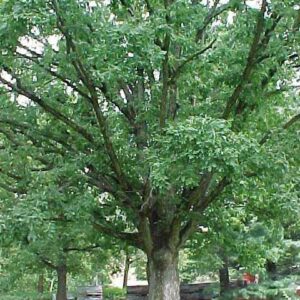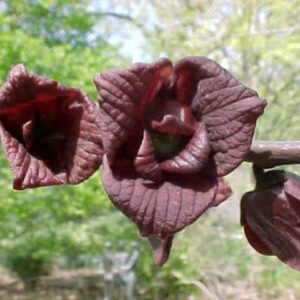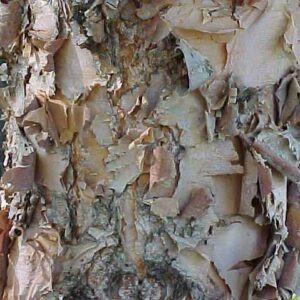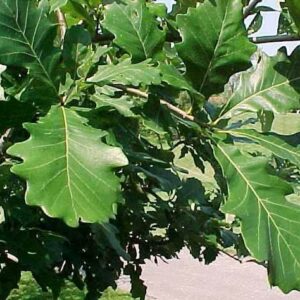Description
Culture
Easily grown in average, dry to medium, well-drained soil in full sun. Prefers dry, acidic, sandy soils.
Noteworthy Characteristics
Scarlet oak is a large tree with a rounded, open habit which eventually matures to 70′ tall. Leaves are 3-6″ long and deeply cut with bristle-tipped, pointed lobes. Foliage is a glossy green in summer turning to scarlet in fall. Monoecious, with neither male (drooping catkins) nor female (solitary or clustered) flowers being showy. Fruit is an acorn (1/2″ to 1″ long). Native to southeastern Missouri.
General Use
A stately shade tree for the lawn, particularly in drier locations, with excellent fall color. Also a good street tree. Since it is a large tree, it must be planted in a location where it will have sufficient space to grow upward and spread to its mature size.
Problems
No serious problems. This tree is long-living, durable and considered to be a low-maintenance tree to grow.
Additional information
| Common Name | scarlet oak |
|---|---|
| Scientific Name | Quercus coccinea |
| Native Range | Eastern United States, southern Canada |
| Zone | 4 to 9 |
| Height | 50.00 to 70.00 feet |
| Spread | 40.00 to 50.00 feet |
| Bloom Time | April to May |
| Bloom Description | Yellowish-green |
| Sun | Full sun |
| Water | Dry to medium |
| Maintenance | Low |
| Suggested Use | Shade Tree, Street Tree |
| Tolerate | Drought, Dry Soil, Black Walnut |
| Leaf | Good Fall |





